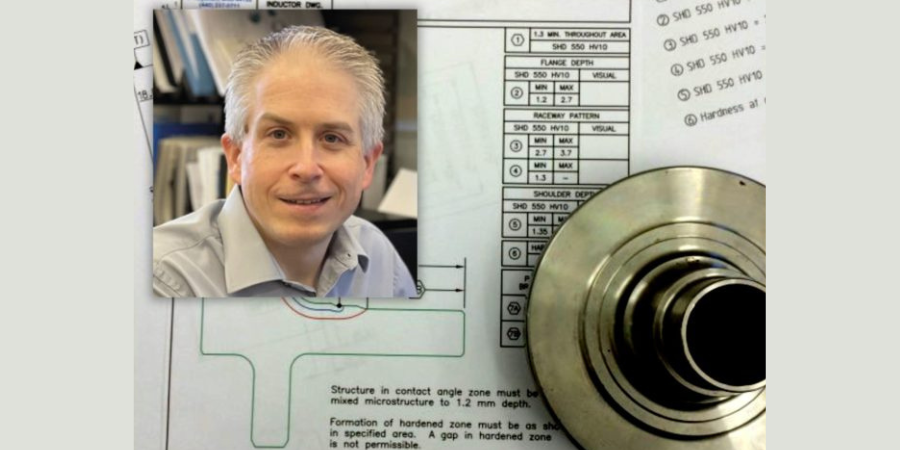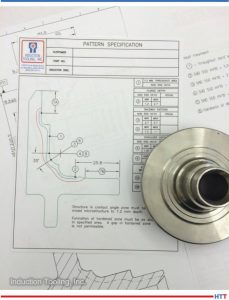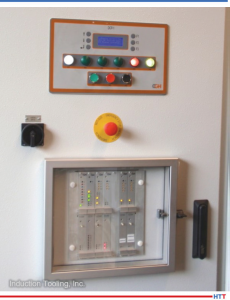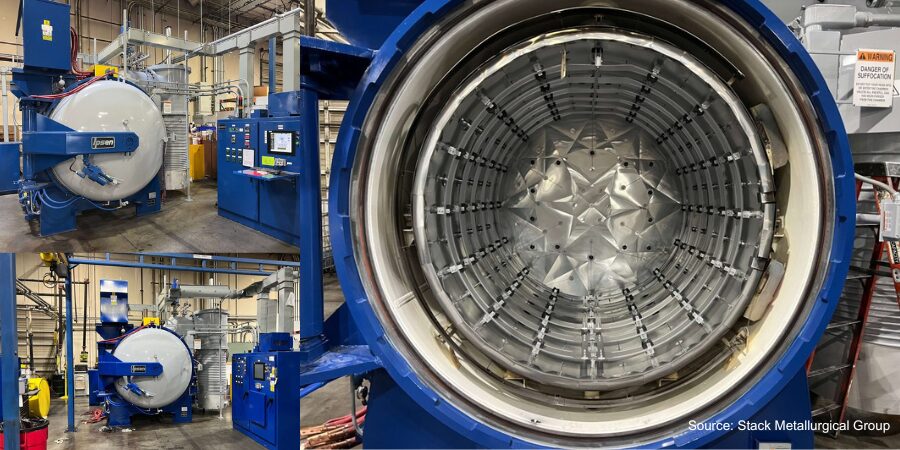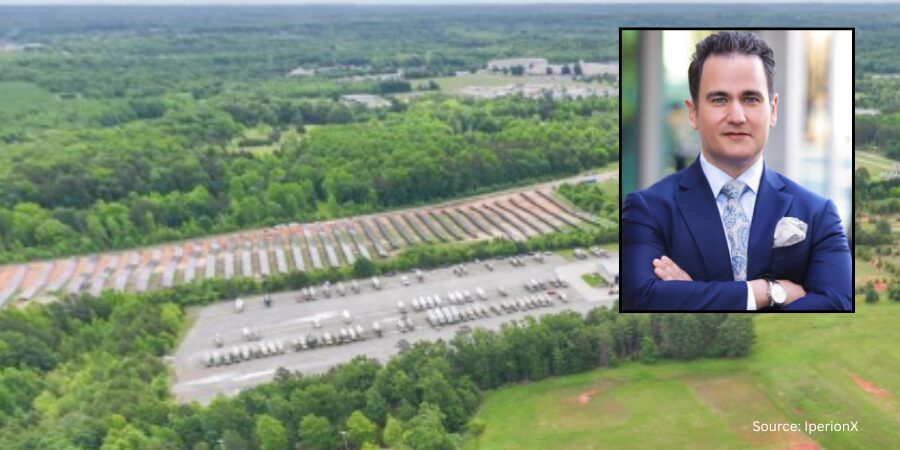![]() Designing a new induction coil? Here are 15 questions to ask to ensure the coil meets all the requirements to do the job.
Designing a new induction coil? Here are 15 questions to ask to ensure the coil meets all the requirements to do the job.
This Technical Tuesday feature was written by John Gadus, Design & Sales specialist at Induction Tooling, Inc., and was first published in Heat Treat Today's May 2022 Induction Heating print edition.

Design & Sales Specialist
Induction Tooling, Inc.
Source: Induction Tooling, Inc
The scope of information available when designing a new inductor can vary greatly. The tooling designer must understand how the customer will process the parts to achieve the desired heat treat specification. Captive heat treating typically involves dedicated high-volume automated systems that heat treat the same part for the life of the production run. Commercial heat treating can be high or low volume with relatively simple setups that provide flexibility to adapt multiple part geometries very quickly. The induction machine design regarding the material handling system, locator tooling, and cooling and quenching capabilities are all important details that need to be provided for any new inductor design.
When beginning a new project, especially for a new customer, basic background information is always helpful. This initial consultation provides insight when presenting follow-up questions to help familiarize new customers with the correct terminology.
1. Have you had any prior induction experience?
2. Have you processed similar parts previously?
Prior to quoting a new job, the very first thing a potential customer should provide for review is a “green” part print and heat treat specification. If there are any questions or clarifications needed, this is the time to confirm with the customer the exact heat treat requirements to provide feedback for realistic expectations. The part material and the machined condition of the part prior to heat treating are key to avoid design complications from misquoting.
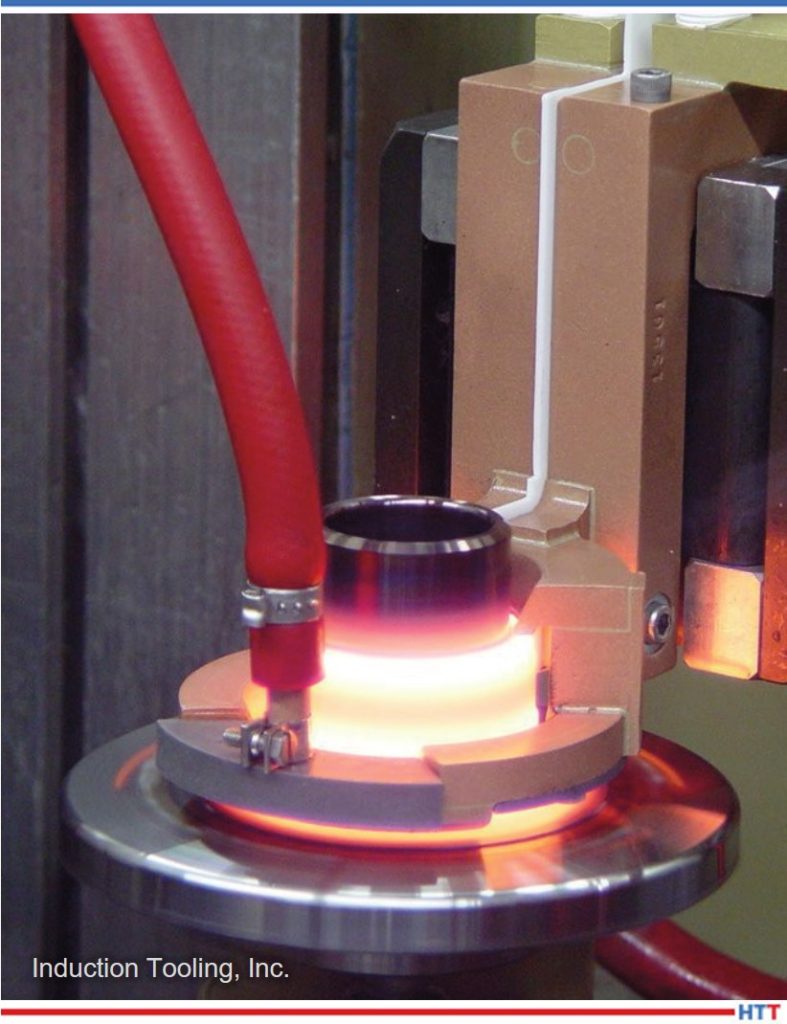
Source: Induction Tooling, Inc.
For new applications, often prototype or mock-up parts are used during development to prove out the heat treating process. This works well for very complicated or expensive parts. Extra care should be taken to maintain identical part geometries between prototypes and actual production parts to keep an apples-to-apples comparison.
Viable questions to ask would be:
3. What is the part material?
4. What is the hardness specification?
5. What are the heat treat pattern minimum and maximum limits for depth and breakout?
6. What are the “green” dimensions of the part prior to heat treating?
7. Will the part have extra stock for finish machining or grinding?
Specific details and information about the induction machine are very important as well. The machine design sets the stage for the style or type of inductor and determines how the part will be presented to the coil for heat treating. Locators often affect the temperature profile when placed in close proximity to heating zones. This can be used as an advantage especially when anticipating possible overheat conditions due to sharp corners or a thin wall. Detailed drawings of the locators and the material handling system along with close-up photos (or if practical, a visit to the customer’s facility) go a long way to avoid awkward tooling setups and machine clearance issues.
Here are a few induction machine questions whose specific answers will aid in the design process:
8. What is the generator frequency and power?
9. Single-shot or scanning?
10. What is the output contact design?
11. Is there an existing bus bar or quick-change clamping adapter?
12. What is the workpiece centerline?
13. What are the locator/material handling details?
Induction Tooling, Inc.
Induction Tooling, Inc.
Additional follow-up questions to narrow down the specific inductor features will help finalize the design. Cooling is the life blood of any inductor and will have a large impact on cycle life. The part material and heat treat specification will often dictate the quench design to provide optimal hardening results.
Because of the importance of cooling and quenching, the last two questions we must ask are:
14. How many cooling lines (supply & return) and type of quick-disconnect fittings?
15. How many quench supply lines and type of quick-disconnect fittings?
Most induction projects are unique but all share similar design characteristics. Depending on the machine builder or OEM manufacturer, dedicated equipment or custom-built systems can vary greatly even when processing the same or similar parts. Well defined and detailed answers to this list of important questions will provide the tooling designer with the information needed to provide the best inductor design possible to achieve the desired heat treat specification.
About the Author: John Gadus is a Design & Sales specialist at Induction Tooling, Inc. with over 25 years of inductor design experience mentored under the guidance of president/CEO Bill Stuehr and VP of Engineering David Lynch. John has honed his induction knowledge and tooling design techniques working closely with customers to meet project requirements across a wide range of induction heating applications, from initial design concepts to customer support at installation. John is co-author of several design patents and has recently taken the lead to explore additive manufacturing solutions for new innovative inductor designs.
Contact John Gadus: jgadus@inductiontooling.com
 Find heat treating products and services when you search on Heat Treat Buyers Guide.com
Find heat treating products and services when you search on Heat Treat Buyers Guide.com




